Indo-Canadian filmmakers have contributed to bringing stories and faces that we don’t see in Canadian Cinema. Srinivas Krishna (Masala, 1991) refuses to be dubbed a Canadian filmmaker. Eisha Marjara (Desperately Seeking Helen, 1998) and transpacific phenomenon Deepa Mehta, who films in India and Canada (Sam and Me, 1990, Bollywood, Hollywood, 2002, Republic of Love, 2003, Heaven on Earth, 2008), bring their own stories as women. To padlock all these works as “Ethnic-Canadian” would be a ghettoizing term nullifying their identity and personal visions. Each approach ethnicity and filmmaking differently: collective memory, cultural ‘kitsch’ montage, satire, documentary or video. The dual loyalty and turmoil that arise by conflicting selves is presented in the films’ narratives as social commentary.
Representation of minorities is a tricky area. The films cited do not call for passive positive imagery but the opposite: they don’t shy away from working with stereotypes. Minorities and their cinema in other nations have become Mainstream in Britain (think of Hanif Kureishi scripted films, Issac Julien’s Sankofa Black filmmakers’ collective), in Australia and recently even a subgenre of German-Turkish Cinema has emerged.
For stars from non-dominant cultures to emerge, they needed to appear in successful films. British filmmakers needed to import African-American actors until they had their own actors going to Hollywood. Continental borrowings brought us two fine Indian actors who’ve worked in British, Canadian and Indian films. Both starred in Kureishi scripted films: Saeed Jaffrey in Frears’ My Beautiful Launderette (1985) and Om Puri in My Son the Fanatic (1999). Their cross-over presence in Canadian films added star power. In Canadian productions, Jaffrey reprised another uncle role, actually triple roles as Lord Krishna, Tikkoo and Lallu Bhaj, in Srinivas Krishna’s Masala while Puri starred in Mehta’s early film Sam and Me. Zohra Siegal as the grandmother in Masala, is another recognizable face.
Political is Personal
The political in these films stem from India’s traditions of the Theatre of Protest (although Kureishi is Pakistani in origin). Indo-Canadian filmmakers imbue their films with this critical element.
Krishna’s first feature Masala succeeds on formal and interpretive planes. The multi-layering involves the genius of the mise-en-scene and the triple representation of Saeed Jaffrey. The film’s narrative of assimilation and politics of multiculturalism, with the Air India Flight 182 bombing as backdrop which pits Diaspora Sikhs versus the Indo-Canadian Diasporas, investigates India’s internal political contradictions.
Krishna is an ex-drug addict who picks up the habit (and a death wish) only after he survived his parents and little brother’s death in the Air India tragedy – all because he didn’t want to move back to India. He calls fellow Indians “Pakis” as a self-hating protective mechanism which also explains his penchant for knife wielding, as to not appear weak or helpless, after seeing Tikkoo being beaten up. Considered as the perennial fuck up by his aunt Bibi and uncle Lallu who own a successful sari shop, they callously try to hook him up with a travel agency job surrounded by model planes. Lallu’s nouveau riche household with all that it implies: flamboyance mixed with traditional values and their man-child son Anil, a Med school student who is secretly dating Rita even though his parents have decided on an arranged marriage.
Rita’s family is also affected by the Air India bombing, the death of her mother and in spite of this; she yearns to take flying lessons. The plane motif abounds in the film: Rita wants to be a pilot in spite of her father’s objections, the mechanical rotating plane at the travel agency drives off course, there is a Cartesian map in the playground and planes fly in oblique angles above Krishna (haunting leitmotif of the Air India Crash). Mr. Tikkoo, her father and a stamp collecting postman stumbles on a rare 19th century Canadian stamp that Heritage Canada wants to possess. Her sister, Saatchi, is a self-hating Indian dating the Minister of Multiculturalism’s son. Babu, the little brother, is bullied by white racist teens and aims to be a real estate agent. Grandmother, who yearns for Western appliances, invokes Lord Krishna through the television fuzz, and chides Tikkoo for his lack of ambition since the bank will repossess the house.
The Sikh cabdriver Singh asks Lallu if he could store rolls of toilet paper beneath the shop for 500,000$. When Lallu discusses the rental space to Singh,– “Look what you have in this country?”– Singh replies, “This country is not my home.” Lallu’s vain, conniving wife Bibi persuades him that the authorities could never suspect them and how he could own all of Singh’s mysterious and nefarious trade in Khalistan that he is hoarding in the shop’s basement (despite the fact that her sister’s death was caused by terrorism). Singh’s struggle ends up being benign; the storyline plays with the Indian characters’ and spectators’ own preconceived notions.
Srivinas Krishna, the director, has a knack for internalizing and fusing the schism of hybridity by sprinkling memorable quotes and stereotypes about Indians and Canadians. The Sikh (whom both Lallu and spectator assume is a Sikh Terrorist) and the Mounted RCMP in the sari store, are standing side by side, juxtaposing the turban and Mountie uniform as well as outlaw and the law. When Lallu looks out of the window and stares at the RCMP officer tending to a horse after the shady toilet paper transaction: “Of course, how could I be afraid of a woman who dresses like that?” The image of the Mountie has pervaded Hollywood as Canadian iconography; hence, the sequence mocks at this time-honoured institution.
Even caricatures of Hindu gods become, literally, caricatures. Lord Krishna (Jaffrey) and Rama on Live TV appear fantastic and surreal, bluefaced with a hue of lipstick. Masala’s yellow, red, blue and gold are dominant throughout the celestial moments. This is before such representation became kitsch. In ways, Srinivas Krishna celebrates the kitsch and stereotypes of both worlds. I would hate to use the word pastiche. The familiar technical appendage in Canadian films, the video, becomes the medium of choice in which the appliance-addicted grandmother invokes the spirit of Lord Krishna. He manifests himself through the fuzz in absurd conversations. A comment on consumerist Westernized diaspora where appliances become personalities, the popcorn machine is foregrounded and she exalts the virtues of food processors over the traditional mortar.
The lyrical moment such as the starry night backdrop conveys the Air India explosion with flying colorful saris gently floating in mid-air in Paul Sarossy’s cinematography. Later, Krishna, ornamented in gold jewelry, is engulfed by the clothes upon impact of the explosion. The whimsical and temporal qualities of Lord Krishna are depicted through zooms and the vivacious grandmother pleading for “fucking dollars.” The red wall where Rita and her sister discuss their differences, mainly, that Saatchi disparages Indian men and opts to date the son of the Minister of Multiculturalism. The bombshell of Rita’s boyfriend having an arranged marriage is physically denoted as the camera tilts upward to the sky, where the diegetic soundtrack emits the sound of a plane, but no plane arrives into the frame. The sisters are contrasted by their level of desire to assimilate; ironically self-hating Saatchi speaks her mother tongue while Rita does not.
Masala doesn’t use subtitles for the non-English dialogue as does Atom Egoyan in Family Viewing (1989) and Calendar (1993). In his early films the characters aren’t identified as Armenian (but the spectator can infer with the exception of Calendar’s trip to Armenia and later the genocide in Ararat). The dialogue in the mother tongue is implied rather than hindered in narration, rendering it natural. This mixture of languages is a Canadian preoccupation and leaving the mother tongue unexplained increases verisimilitude. We hear the grandmother speaking, after Babu was beaten by white bullies, about his traditional Indian Tiffin lunchbox (no Indo-Canadian kid ever carries one to school), all we non-speakers hear “G.I. Joe lunchbox” or “banks go to hell” and other English expletives this grandmother uses. We get the gist. But Babu doesn’t understand his grandmother, so Tikkoo explains, “She said, ‘when will you learn your mother tongue?’ ” Krishna is alienated by his culture, calling other Indians “Pakis” and “I don’t speak that gibberish” when family members speak. The Cineaste reviewer of the film wrote an outrageous statement, “Since the film oddly fails to provide subtitles for any of its extensive Hindi dialogues, non-Indian audiences will have no reason to disagree.” Krishna in an interview to Cinemaya said he wanted to convey the “subtitled experiences of subways” and that subtitles “suggest there is one universal, singular language experience.” Laura Marks in Screen writes, “Films that are hybrid, in that they are forced to use hegemonic languages to speak from positions of diaspora, take advantage of this disjunction between the visual and the verbal.”
As noted before, the T.V. set is central. Anil masturbates to the parody of the Canadian 30 Minute Workout show while his limber mother in legwarmers partakes in it in another room, some oedipal allusion. The Grandmother with pestle in hand watches the same imagery in another space. Her acculturation becomes evident as she reiterates the speeches that Babu gets from motivational T.V. The grandmother exemplifies Hamid Naficy’s idea of “non-audiovisual ways exiles experience audiovisual media.” Laura Marks suggests, “The exile produce their difference not just through what they see and hear but through their sense, taste and touch.” The most dynamic representation of the TV imagery is when the TV crew film Tikkoo. The double of Saeed Jaffrey fills the frame: Tikkoo on TV coming from Uncle Lallu’s screen (also Jaffrey) as he shuts it off with envy.
The pop video in the film becomes fused with the Musical genre when Rita breaks into song and dance with Anil dressed liked an American farmer (evoking segues of most Bollywood films). According to Krishna in an interview with Cinemaya, “the depiction of kitsch in Masala has much less to do with own relationship to Bombay cinema than a critique of this self-serving manipulative revisionism via kitsch.” Lallu sings “I did it my way” amidst saris and mannequins in his fantasy. The sari fashion show replicates the pop video as well as the diaspora’s (ANY diaspora) penchant for beauty pageants as statements of culture albeit very, very low brow. Unlike sanitized Bollywood films, the models are sexualized and topless.
The Western pop video has Rita by a carousel singing to Anil, who shrouds their relationship in secrecy. His surgical doctor’s uniform melts with the clouds. Rita sings, “Time you were a man. Take a stand.” Then she sings in Hindi with modern Bollywood rap and she flies away with a man. Whimsical parody of sorts as well the Bollywood technique is used to express interiority and subjectivity like any Musical fugue in dramatic narratives.
Eisha Marjara also uses Bollywood as a diverting subplot in bringing her personal history and tragedy: losing her mother and sister in the Air India flight 182 crash in her documentary Desperately Seeking Helen (1998). The title directly alludes to Bollywood actress Helen and the Madonna vehicle Desperately Seeking Susan (1985). As the self-destructive Krishna character in Masala abuses drugs, she comes to terms with the accident when she meets a blonde wigged star/her alter ego near a plane in a playground. Her anorexia predates the bombing. The film intersperses Marjara’s journey in reclaiming her identity by posing the question, Who am I?, flashes of fictive re-enactments of her past, clips of Bollywood musicals along with family super 8 and footages from her documentary covering her anorexia. It comments on the schisms of being a hyphenated-Canadian. American and Canadian cultural iconography (allusion to Madonna‘s film, animated representations of her icons, Charlie’s Angels and cartoon superheroines) in a rainbow-colored animation reminiscent of the 1970s. These images clash with her un-Canadian obsession with Helen, the Bollywood actress extraordinaire of over 700 films, Marjara seeks to interview for this documentary.
The purpose of Helen –the ideal voluptuous vamp- is to compare her body to the North American body. This comparison is a necessary explanation for Marjara’s anorexia. We are privileged to see intimate footage of her emaciated body. There is a montage sequence of two schoolgirls in parkas licking maple taffy – truly a Canadian imagery just after we have glimpsed her turbaned Sikh father who she tells us is “the only turbaned male” in Trois–Rivières where he taught at the university. The imagery represents our multiculturalism (later chapati making) with the emblematic snow in the background, assuring us that it is indeed a typical Canadian winter. Later, snow pants and snow mobiles reinforce the cultural landscape of Canada.
The fragmented reality, assimilating and clashing into the congruous and jarring recollection, is due to the mixed media (her super 8 home movies). Under the pretense of meeting Helen, the film delves into our recent Canadian past. The Air India bombing is again placed as a Canadian theme — something traumatic in the Indo-Canadian collective memory. The immigrant experience is depicted frankly as Marjara quotes her mother having “one foot in Canada and one foot in India”, “one foot here and there” and never being balanced. “She was blown up between here and there.” But Marjara was clear: “For my sister and I there was no question. Quebec was home. India was far away faint in our memory. Alive only in pictures.”
India is seen only through black and white still photography. The re-enacted voice of her mother speaks of “no such meal called curry in India,” the snow covered pool in the background appears. The opposite is also conveyed. Marjara says, “If Mom knew how homesick I really was, even at home” as the Taj Mahal, India’s quintessential emblem, appears. Marjara tells us about her mother’s dismissal from a teaching job in Trois-Rivières to “an English lady. Someone who looked right for the part that wouldn’t dazzle them with a foreign accent. It might confuse them.”
Racism is underlined in Indo-Canadian films. The character of Krishna gets knifed by a white gang at the end of Masala. Masala pokes fun of Indian nouveau riche’s hypocrisy. The Minister of Multiculturalism is treated in the same vein. The title itself, Masala – spice mix, mocks the clichés of multiculturalism, dance, dress and drink, things all Diasporas embrace as authentic experience. The religious leader says, “The Minister of Multiculturalism gave lots of money for our temple.” The crowd applauds the political speech while the director ridicules the decadent pillars of the community and the white woman with a bindi.
The religious procession in a Toronto street is rendered exotic. Criticism of Multiculturalism is done by Saatchi and her boyfriend, “You can come to Canada, set up immigrant women’s collective, build your temple, have your procession, hold your identity.” Saatchi retorts, “Just as long I play by the rules.” The Minister replies, “Exactly, Canada was born in that spirit of compromise.”
In ways, Lord Krishna could stand in for an outsider’s views. In a Colonial English accent, he voices concern for the diaspora: “It’s about bloody time. I’m tired of this country. What happens to Indians when they go to their foreign lands? They lose their grace, composure and constantly pestering me for explications?” When grandmother laments, “Help us Bataan! We are outsiders here. Make life how it was before we came to this land of supply side economics and no money down real estate.” Lord Krishna wryly says, “Sorry. No can do. Jurisdictional conflicts, you understand.”Tikkoo is pressured by the grandmother who reprimands his steadfast refusal to sell the stamp, “Why did you come to Canada if only to get by?”
In Deepa Mehta’s Sam and Me (1990), filmed a year earlier than Masala, there is also social commentary on racism. The unlikely friendship between an elderly Jewish man and his Indian caretaker is based on being outsiders. Sam Cohen’s son remarks about the subtle racism from the police. Always in this type of film, racism is blatant or voiced by a character outlined by extremist behaviour. Om Puri’s character refers to Indian sweets what “Canadians passionately call barn balls.” Sometimes done with sentimentality, while other times too facile. Puri’s character, Chetan states, “Stupid kid doesn’t know we’re not RED Indians” to which the Chinese landlord naively states: “Yeah, you’re Pakis.” There is also a statement about the Canadian film industry, “Xavier, he thinks, he’s gonna be an actor one day. In this country…so funny, they won’t hire him as an actor.”
When there is a lack of Other stories being filmed and screened on TV, the opportunity to address the stereotypes has to appear, when these films have the chance to be made. The typical cross-generational narratives of the old world and traditions, and the clash with the new nation storylines we have seen plenty in films — films which show an apolitical, family ethnic dysfunction in a multicultural setting. Even Mehta’s Sam and Me is not a film of positive or corrective stereotypes – the cricket in a Toronto park is a neutral everyday image. Internal criticism occurs in these films. In Masala , the Western couple (Rita and Krishna) making love is crosscut with the traditional arranged marriage of Anil and Saraswati Varma.
The hybridity in Desperately Seeking Helen comes off as post-modern kitsch even if the animation is original, reworking bionic women and TV angels. Marjara explains the lure of the Harem, Bollywood mores where she celebrates and criticizes these female constructs as she does with Jamie the blonde bionic super heroine.
All three films have Bollywood allusions. In Sam and Me, Xavier as transvestite, mimics a Bollywood dancer and plays both the male part and obligatory nod response female. The lip synch and cuts makes for dynamic sequences. The sitar in the soundtrack of the film recalls nostalgia and along with the altar of Hindu gods, is a recurring leitmotif because it is reflecting cultural religious practices. The film recalls Indian stereotypes when passive Nikhil is slapped by Sam Cohen’s son juxtaposing the poster of Gandhi and his nonresistance, only to be dispelled by Dr. Chetan Parikh’s rage occurring beneath the poster. The attack on Canadian iconography is seen in the striptease sequence where the stripper puts a brown Mountie hat on Nikhil and then exchanges it with a cowboy hat – an allusion to North Americanization.
What these films have in common is the sense of hybridity (in the easiest connection, the language of the performances or ethnicity of the filmmaker). Above all, it is the political commentary, which carries the narratives and sometimes drives it. The result is a personal cinema. Being a mere multicultural film isn’t the same as hybridity.


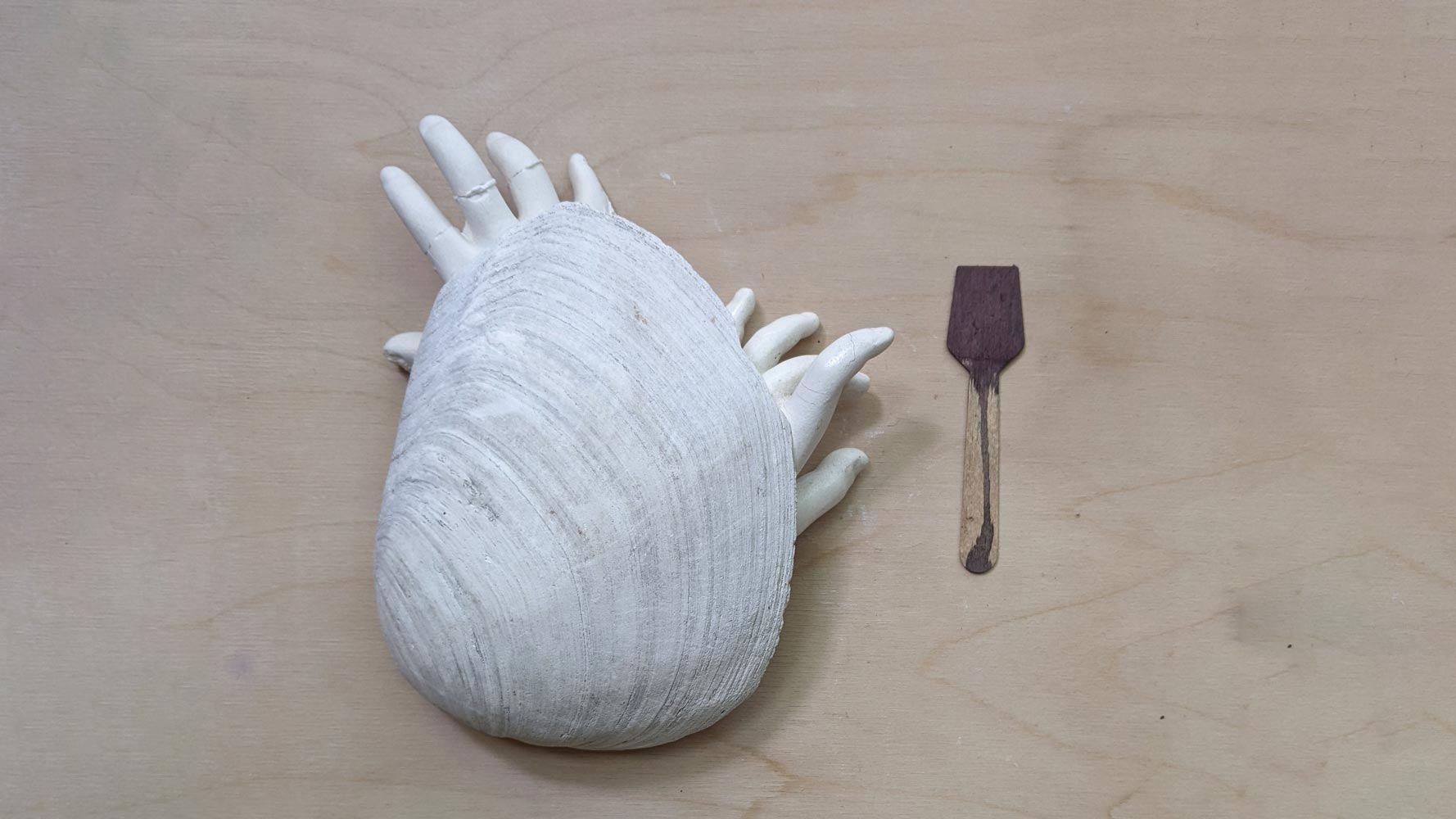

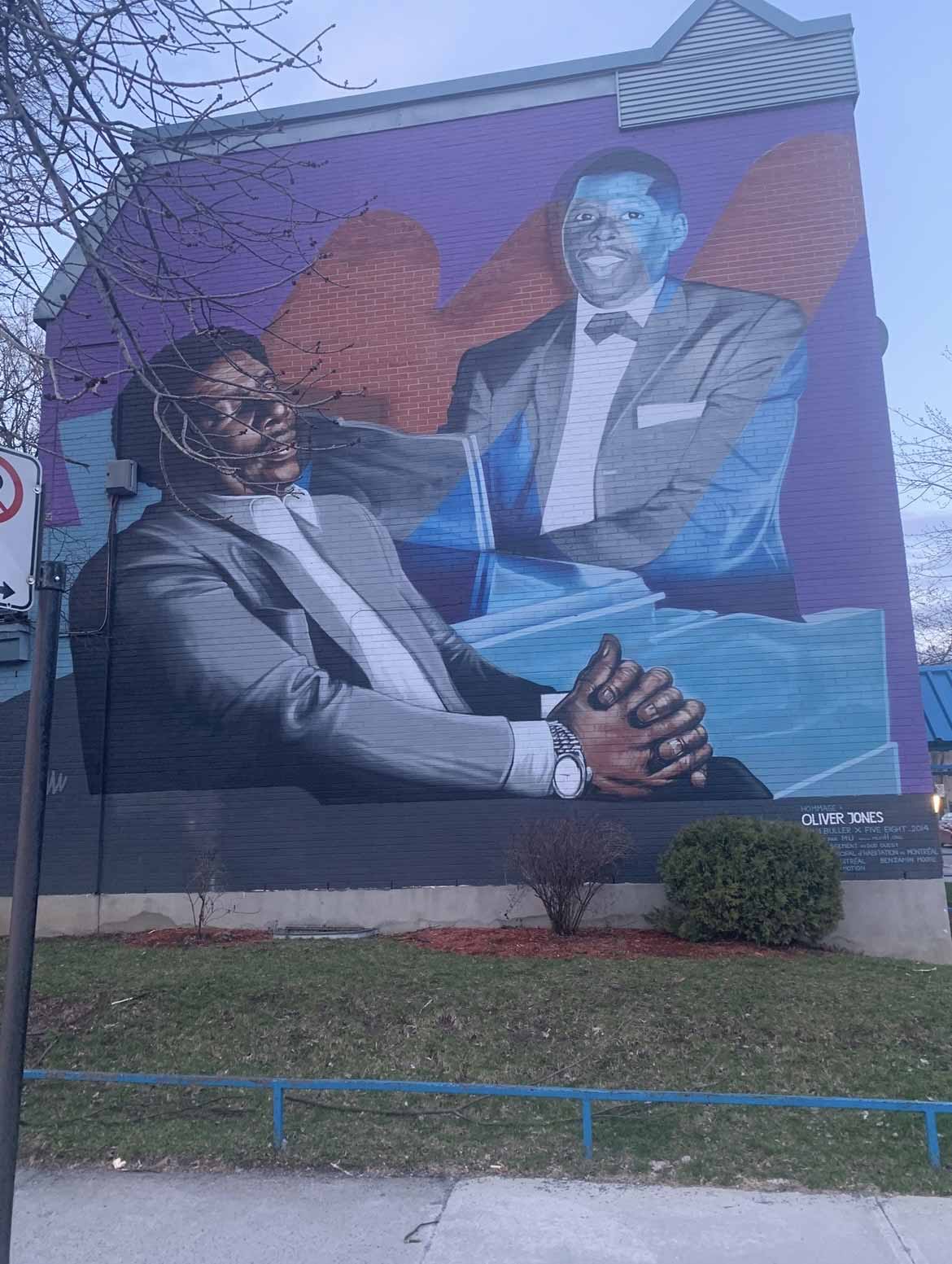
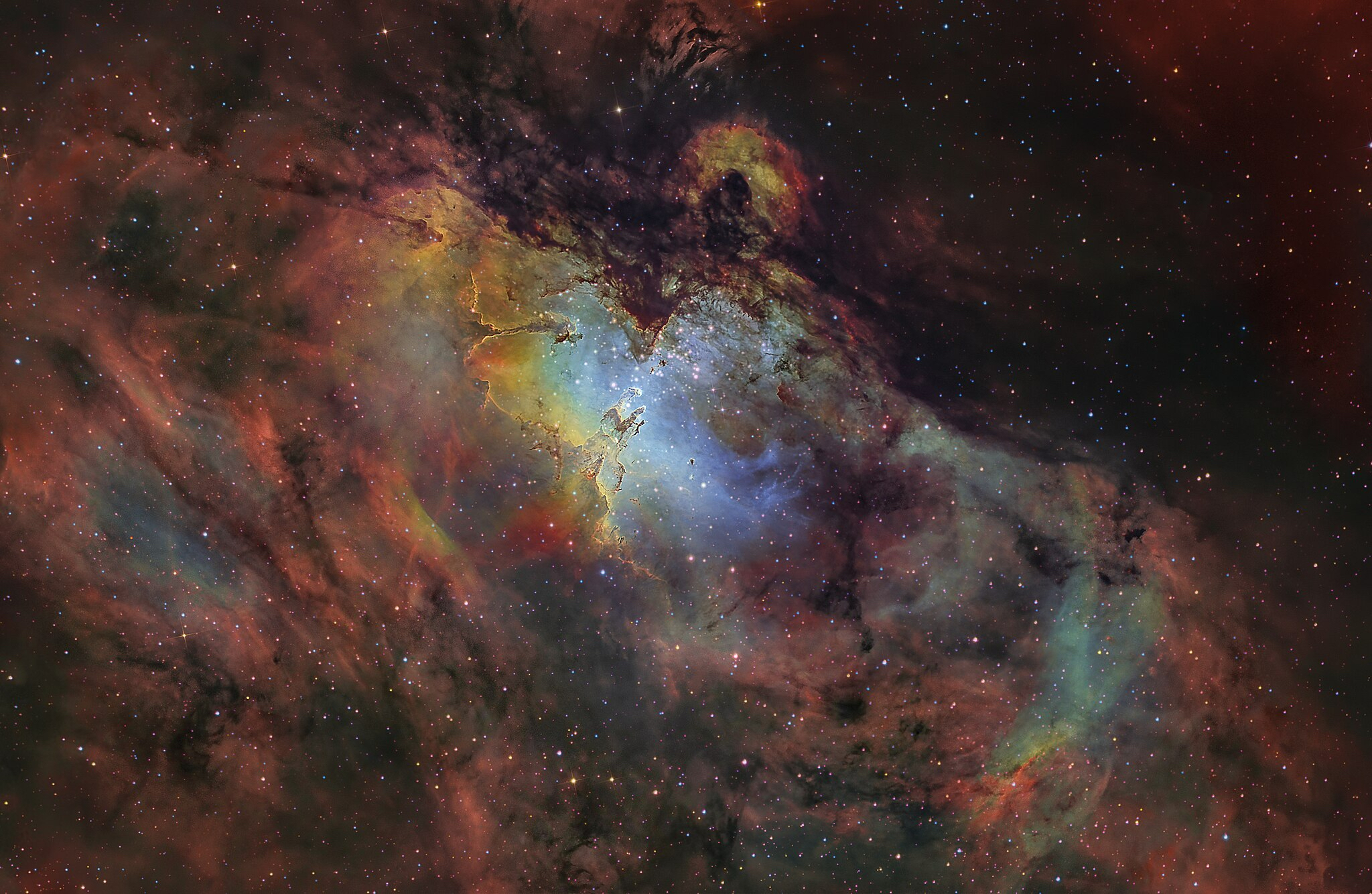
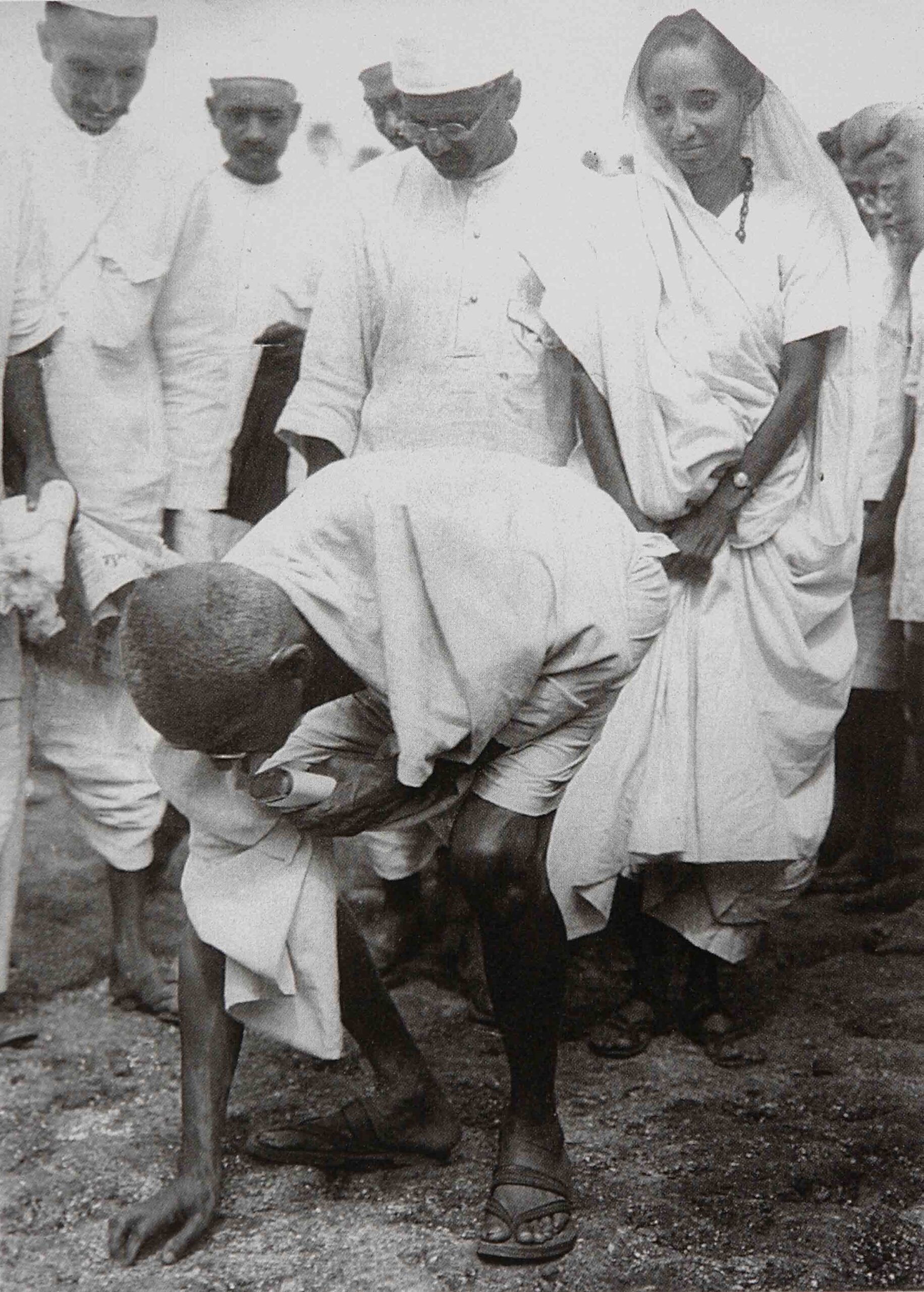


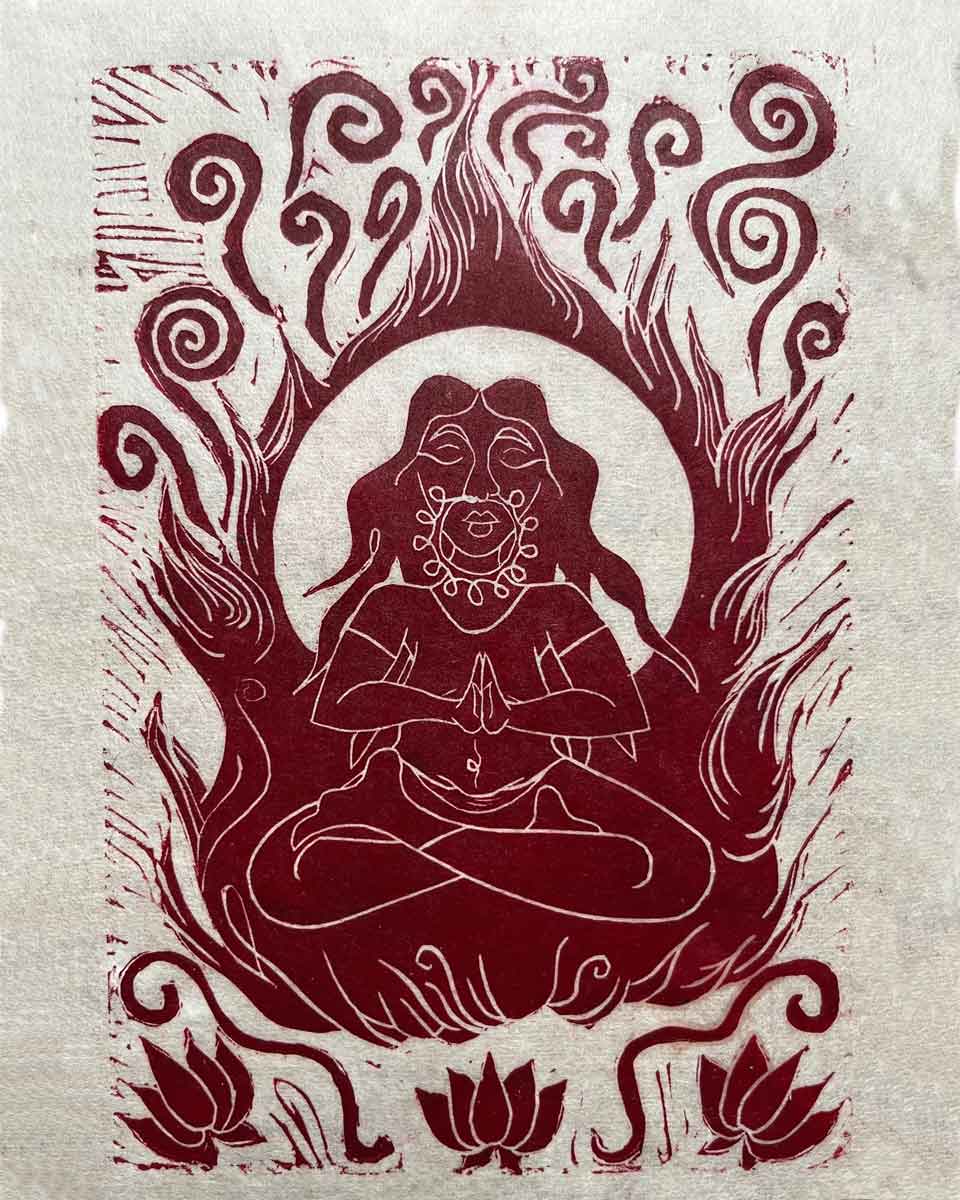
Ciao Mirella. Excellent essay. Covers the fairly recent Indo-Canadian landscape with a nice blend of textual analysis and theoretical insight. I’d only recommend providing the precise sources for the citations that you quote (though this is probably out of your hands and in the editors?). Keep up the good work.
No, not an editorial decision since editors leave us lots of freedom. I left out the reference details since most ezines do not call for them since they are not scholarly. They interfere with flow. I relied on them in my Italophobia articles here on Montreal Serai and found them bulky.
If future lazy Undergraduate students would like to plagiarize it in this digital age, they must trek to the library like we did and search for the magazine and the film in question since I made sure to mention the magazine. ( Though microfiches are obsolete now). We shouldn’t do all the work.
True, Graduate / Ph.d students too are guilty of plagiarism. Some of us do the research, while some rip a whole a paragraph on Egoyan’s Calendar with my introductory analytical sentences prefacing the quote and present at FSAC. Those who present, teach.
With this essay, I was re-appropriating my work for the record.
I can send you the references if you want. Thanks for the kind words and promo in your Offscreen site.